
I hereby declare that it is impossible to read the volume of sustainability-related literature being published. At least I can’t do it. So I choose to read papers only that contain a diagram. I think they convey the essence – and often the detail – in a way that I find way more engaging than just the text. So, here is this month’s reading of papers-about-sustainability-that-have-a-diagram (and where the diagram content is new to me). Adding to the collection.
On with the show…
791. How can you be board with a lightbulb face and exploding head? (Grayson 2012)

792. Navigating the plurality of social values for sustainability (Raymond et al. 2019)

793. So long as we achieve sustainability on the way to business results, we’ll be OK. (Menzes et al. 2021).
European Foundation for Quality Management Excellence Model with a sustainable future arrow on top.

794. Place-based causal model (Raymond et al. 2011)

795. Conceptual framework for values and valuing across tensions of abstractness and context dependence (Rawluk 2018)
(although this doesn’t explicitly represent sustainability, I’ve included it as it attempts to provide a framework for relationships between values – in a way, something that has been missing since the first Venn).



796. Employees’ personal values and organisational sustainability (Florea et al. 2013)

797. Means-ends (Schneider 2015)

798. Viable System Model (here applied to pollution, Panagiotakopoulos et al. 2015)


799. Nexus (Estoque 2023)

Conceptual structure of a nexus approach in the human-environment realm. (a) An example of a five-node nexus: food, energy, water, health and ecosystems. The diagram presents the basic flow in the development and implementation of a nexus. Outcome refers to the development outcome after synergies and trade-offs have been considered. (b) The human-environment nexus as a nested hierarchy, encompassing the sustainability nexus and the nexus of interest, and considering transboundary interlinkages (geographical, political or administrative). (c) The human-environment nexus as implemented across spatial scales, from local to global.
800. Sustainability and diversity and inclusion (Kose)

801. Societal knowledge about resource nexus (Giampietro 2018)
- “The resource nexus represents an inconvenient narrative”
- The resource nexus flags a remarkable gap in governance structures when it comes to dealing
with the complexity of the sustainability predicament. - The resource nexus exposes the ineptness of the paradigm of reductionism in scientific inquiry
for quantifying complex issues.

802. Intrapersonal process (Schweitzer et al. 2023)

803. Transformative capacities (Galaz et al. 2022)

804. Thematic map based on 2021 Norwegian political parties (Sæterdal 2021)
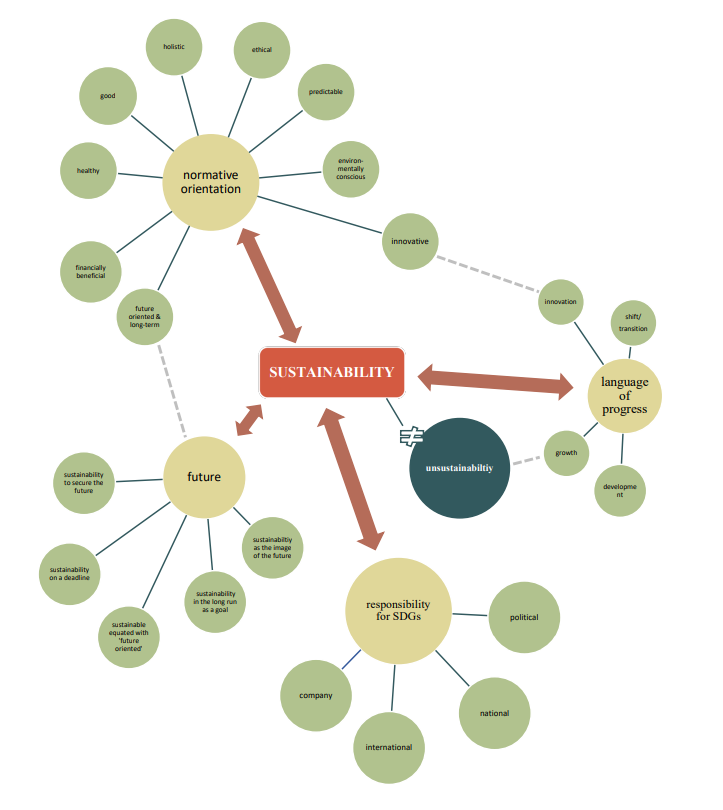
805. From ‘econs’ to humans as ‘enculturated’ and ‘enearthed’. (Schill et al. 2019)
a, The first step of our journey towards a dynamic understanding of human behaviour—from ‘econs’ to humans. In this step, we replace Homo economicus (or ‘econ’, left) with a model of human behaviour that represents individuals as diverse and intrinsically pro-social, recognizes that people do not always act on their plans, and are generally not well described as optimization algorithms (right). In this model, singular individuals act and make decisions through interactions with their immediate contexts. b, The second step of our journey—individual behaviour in context. In this step, we go beyond the immediate contexts of the ‘very moment’ in which individuals take their decisions and place (‘quasi-rational’) individuals in their multiple broader socio–cultural contexts (humans as ‘enculturated’), ultimately embedded within the biosphere (humans as ‘enearthed’).

806. From Homo economicus to humans in complex adaptive systems (Schill et al. 2019)

807. Mediated Social_ecological system (Constantino and Weber 2021)
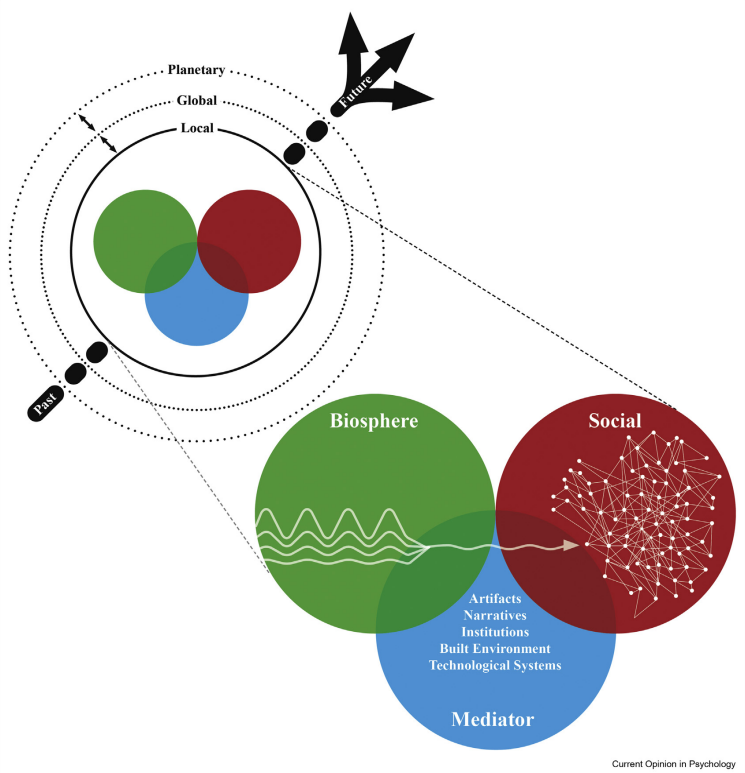
808. Exposome (Prescott and Bland 2020)
Addressing the multidimensional complexity of the exposome across the life-course: Health
depends on (1) minimizing adversity, recognizing that life in distress (dysbiosis) is multidimensional,
and (2) promoting the often underestimated value of protective and buffering factors. Both aspects of
this challenge may be enhanced by restoring value systems that promote connectivity and responsibility
for people, place and planet.

809. Post Traumatic growth (Logan et al. 2021)

810. An ideal curve is rarely smooth (Allen and Malekpour 2023)


812. “Eco-centric Developmental Wheel” – nature-based model of human psychological development (Plotkin 2008)

813. Just transition (Winkler 2020)

814. Indigeneity (Johnson 2021)
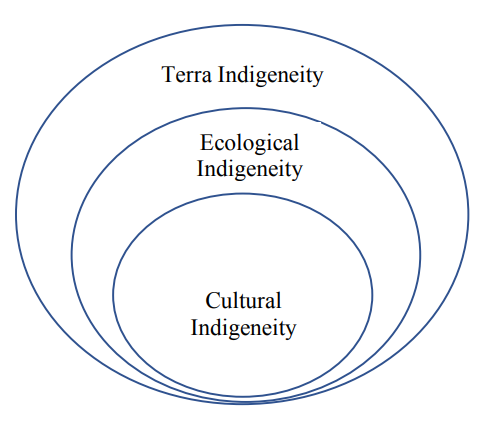
815. Change begets change (Rice 2020)

816. Flourishing – more than absence of harm (Logan et al. 2021)

817. Interconnected flourishing (Logan et al. 2021)

818. Ten facts about land systems for sustainability (Meyfroidt 2022)
(in a table cleverly disguised as a figure)

819. Worldviews and values (Anderson et al. 2022)
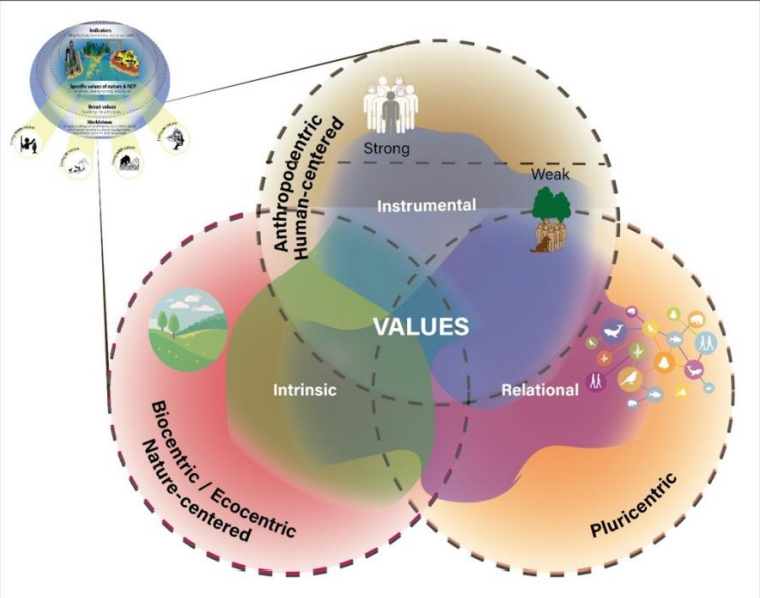

Inset bigger:

820. Assumptions of substitutability (Anderson et al. 2022)

821. Values sets within life frames (Anderson et al. 2022)

822. Power and environmental justice dimensions (Anderson et al. 2022)

823. Put it together and what have you got? (Anderson et al. 2022)

824. Increasingly challenging control problems (Andreries 2025)
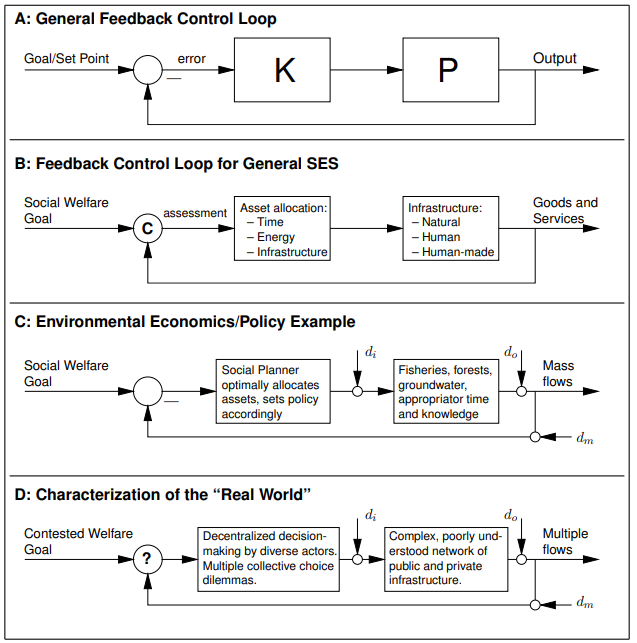
825. Living in the milieu (Droz 2021)
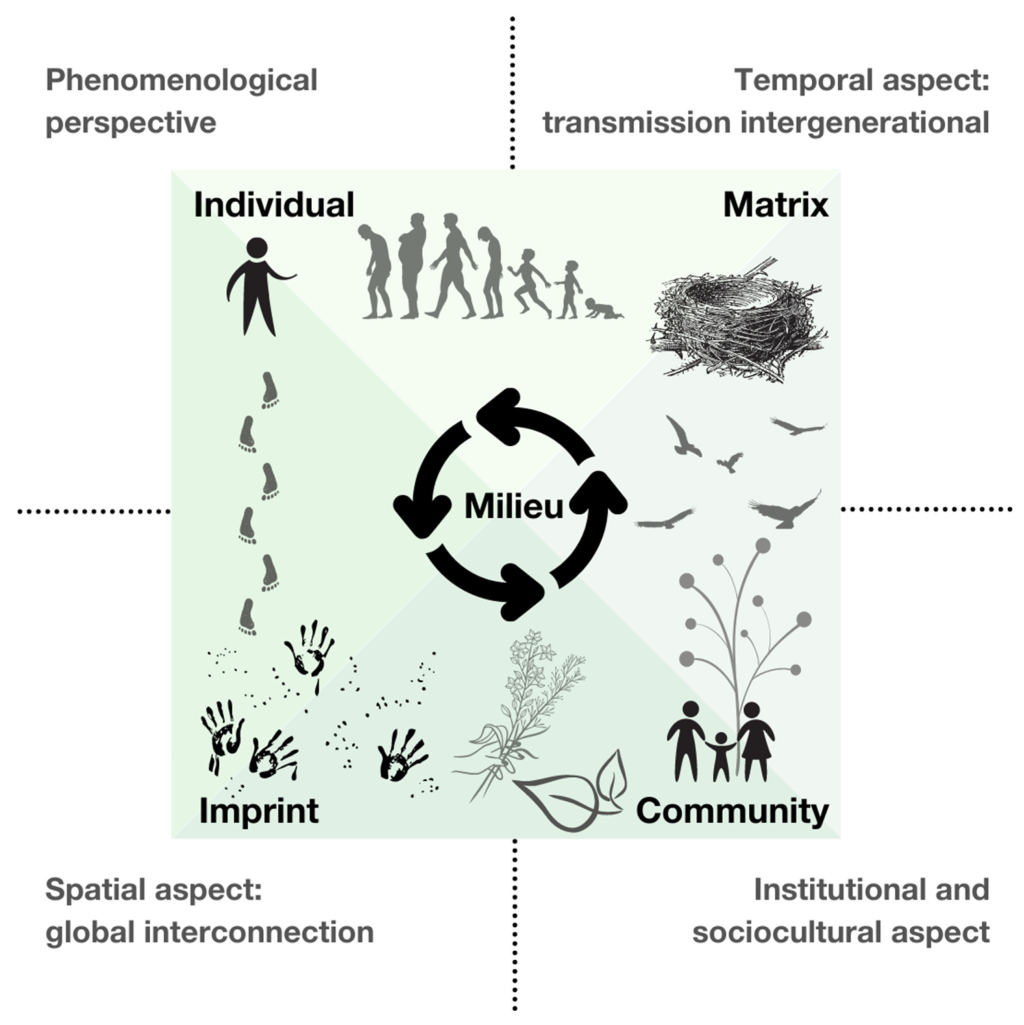
826. Responsibility for environmental harm and reparative actions (Droz 2021)

827. Economics education (Tallgauer and Schank 2023)

828. Decentring the social (James 2017)
Thus the human has been decentred, while the social is given complex and variable meaning. The natural is treated as both grounding and extending infinitely beyond the social. And through the domain of the ecological—defined as a social domain that emphasises the practices, discourses, and materialities that occur across the intersection between the social and the natural realms—the environment of things, processes, and assemblages comes right into the centre-point of what it means to be human. In this way, the centre-point of the circle, which in Euclidian terms has no size, large or small, becomes not a plughole but the point of intersection of all social things—even as for analytical purposes they can be separated out.
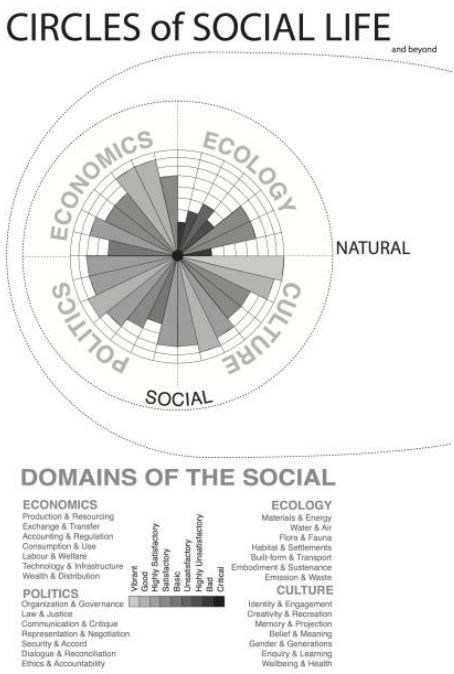
829. Social Futuring Index (Szanto and Mueller 2022)
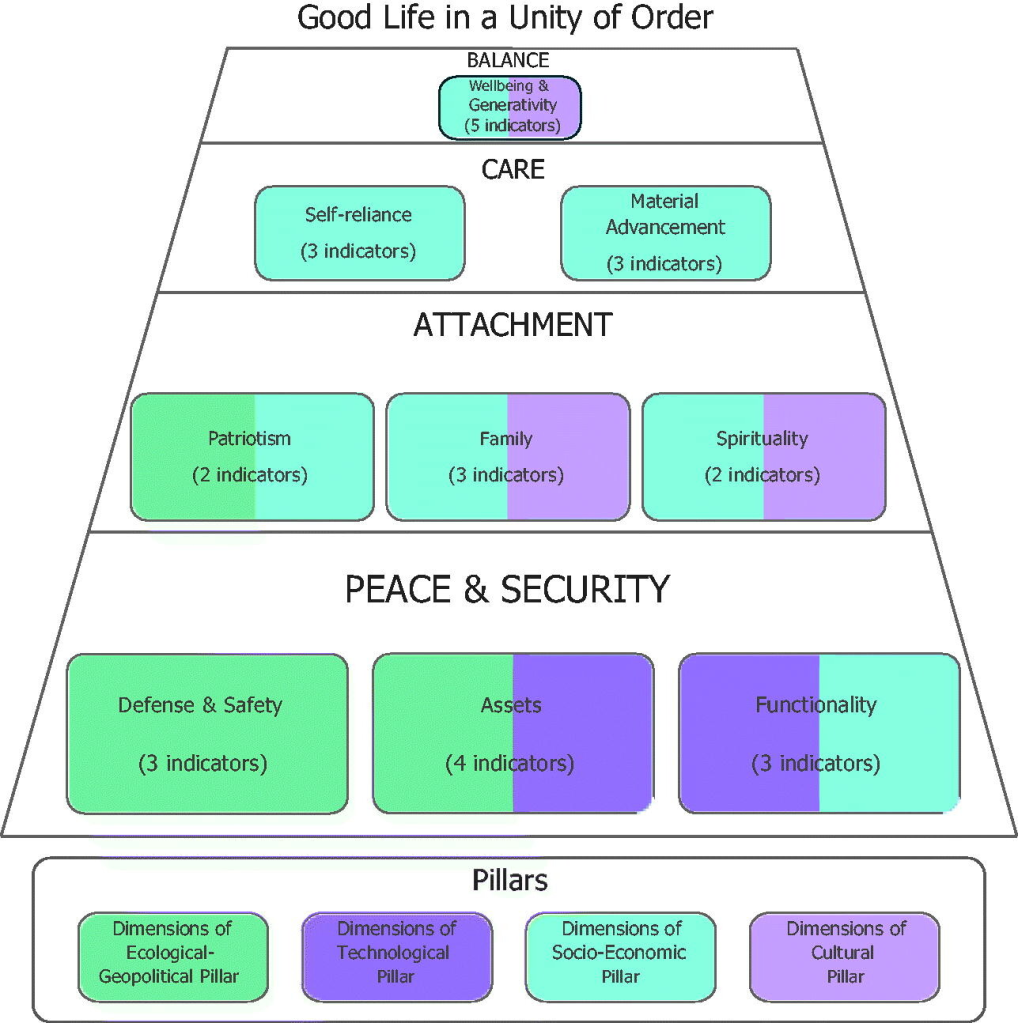
830. Wisdom (Intezari 2015)

831. Typical! (Roggema 2023)
Responses to climate change

832. Responses and complexity (Roggema 2023)

833. Future uneasiness (Roggema 2023)

834. Integrated social-ecological system (in mangroves) (Dahdouh-Guebas et al. 2021)

835. Mangrove silviculture in a historic context (Dahdouh-Guebas et al. 2021)

836. Vagabond trap (Dahdouh-Guebas et al. 2021)
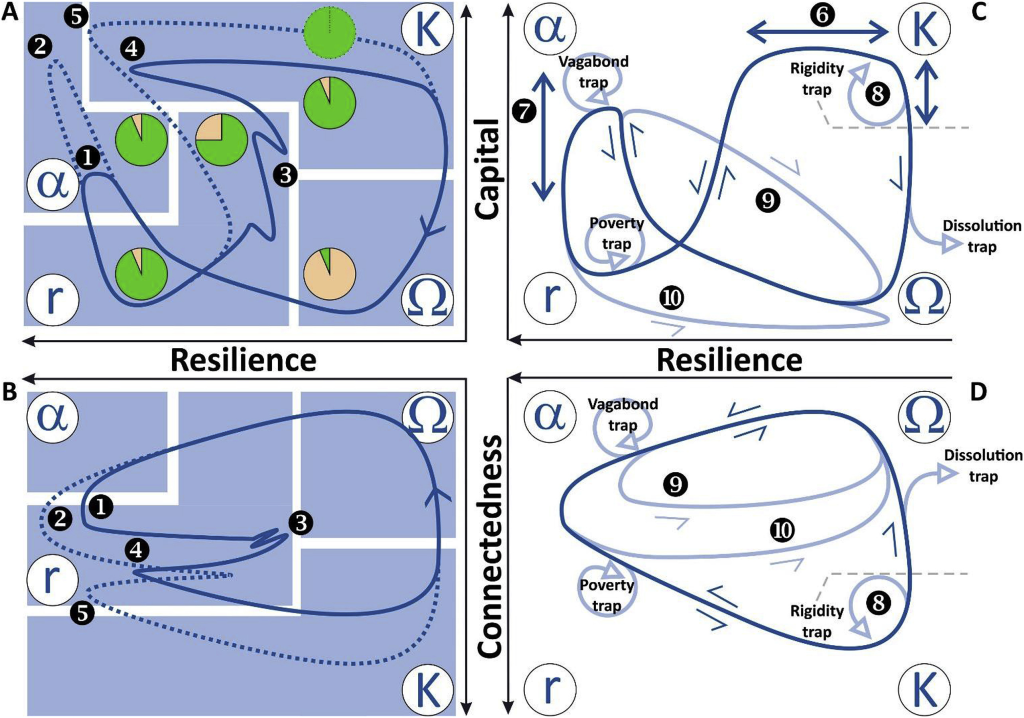
837. Enabled levers (Diaz et al. 2018)

838. Planet at the core (Oliveira et al. 2021)

839. Framework for societal transformations (Patel et al. 2022)

cf current societal dynamic

840. Values as leverage points (Horcea-Milcu 2022)

841. Collective exploitation (Mathias et al. 2020)

842. Riskscapes (here climate change is the risk) (Müller-Mahn et al 2020)
Conceiving riskscapes as temporalspatial phenomena implies that time and space are intricately connected in their constitution, that is, in their duration and spatial expansion. Figure 4 visualises this concept by putting the concurrent immediacy of risk in the middle of a subject-centred riskscape, where the physical (material, spatial and temporal) and/or psychological distance of risk is closest, and where
decisions are made and action taken. Material conditions, discourses and practices meet at this
centric point of immediacy. They are structured along a gradient of temporal and spatial diffusion,
which determines the distribution and scale of hazards, the progression of uncertainty, the intensity of perceptions, communication and values, and agency, capacities and control.

843. I think it is strong sustainability but somehow in a different order and 3D (Sulitest)

844. Flourishing Ecological Self (Flourish Project 2022)

845. Six Pathways to a Thriveable 2050 (Wood, Estonian Association for Quality 2021)

846. Circular Humansphere (Lemille 2019)


847. Circular Humansphere (Lemille 2020)

847. Preserving Life on Earth Thinking Pathway (Lemille 2020)

848. Aesthetic value (Turan and Cetinkaya 2021)

849. Mental health (notice the pillars on the outside) (Lawrence et al. 2022)

850. Risk propeller (IPCC 2022)

851. Connection (Parmesan 2022)

852. Decision-making framework (Parmesan 2022)

853. Narrowing window (IPCC 2022)

854. Compound, cascading, complex and transboundary (IPCC 2022)
Compound, cascading and transboundary impacts for humans and ecosystems result from the complex
interaction of multiple climate hazards, exposures and vulnerabilities


855. Connected concepts (IPCC 2022)

856. Pathways to transformation (IPCC 2022)

857. Human dimension is the nexus (IPCC 2022)

859. Social tipping point (IPCC 2022)

860. Adaptation gap (IPCC 2022)

861. Societal choices towards Climate Resilient Development (IPCC 2022)

862. Transformative actions towards Climate Resilient Development (IPCC 2022)

863. Multiple intertwined climate resilient development pathways (IPCC 2022)

864. Ecopyschology (Fisher 2019)

865. Re-orientation (Steiner 2022)

866. Rainbow model (of ocean health – after Dahlgren & Whitehead which is after Brofenrenner’s ecological model of health) (de Salis 2022)

867. Dancing with Dugongs (Dennison 2013)

868. Child-centred SDGs (Bruckauf and Cook 2017)

869. Traits of social-ecological system for sustainability (Andersson 2021)


870. Collective Stakeholders (Hörisch 2014)

871. Drain or Sustain (LAYA and Samuchit Envio Tech)

872. More equitable and effective restoration (Lofqvist 2023)

873. Coevolving pathways of development (Haider 2021)
ractices are filtered by a set of constraints, opportunities and choices defined by myriad factors, ranging from social to ecological, endogenous to exogenous and active to passive (represented by different colours). Each filtering process creates the conditions for new development pathways to emerge. The filters are drawn as traditional winnowing baskets as used in the Pamirs Mountains

874. Transdisciplinary Sustainability Research (Pohl 2021)

875. Sustainability Science Framework (Clark & Harley 2020)

876. Capacities for sustainable development (Clark & Harley 2020)

877. Opening the human spirit to sustainability transformation (is the graphical abstract for Müller 2023)

878. Denial in environmental communication (Boehnert 2013)

879. Sustainability equation (Weinstein 2012)

880. Overcoming the paradox (Weinstein 2012)
Resolution of the ” paradox of the dual mandate ” —reconciling society’s desire to preserve, restore, and rehabilitate natural ecosystems while at the same time ensuring the provision of reliable, predictable, and stable supplies of goods and services—will be a key component of any future success

881. Ecosystem services as a boundary object for sustainability – three types of knowledge (Abson 2014)

882. Consequences of a mental model (Vanasupa 2010)

883. Expanded IPAT equation (Vanasupa 2010)

884. Plural values (Coelho-Junior 2021)

885. Humanising Education from Sustainable Ecosystem (International Islamic University Malaysia)

886. Pillars but as a system (EPA Environmental Protection Agency)
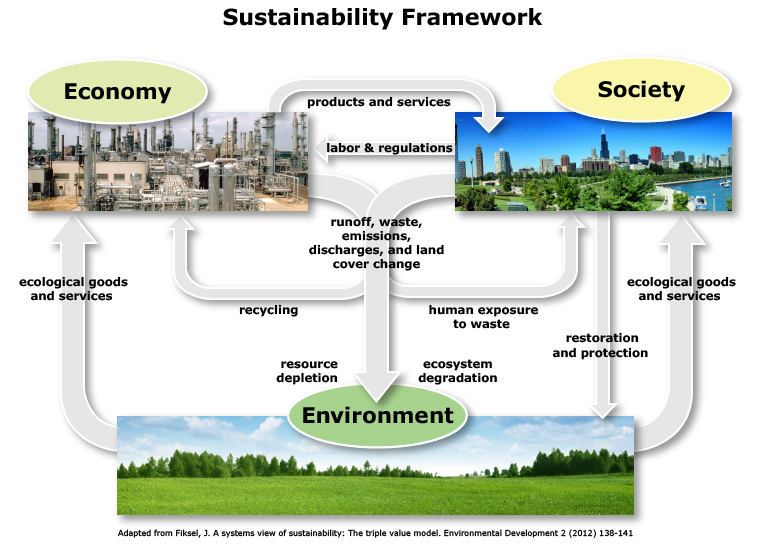
887. Interdependencies (Reyers 2020)

888. SDGs in the mangroves (Eyzaguirre 2023)

889. A tiny slice of partnership pie Eyzaguirre 2023)

890. Framework of change (Cammarano 2021)
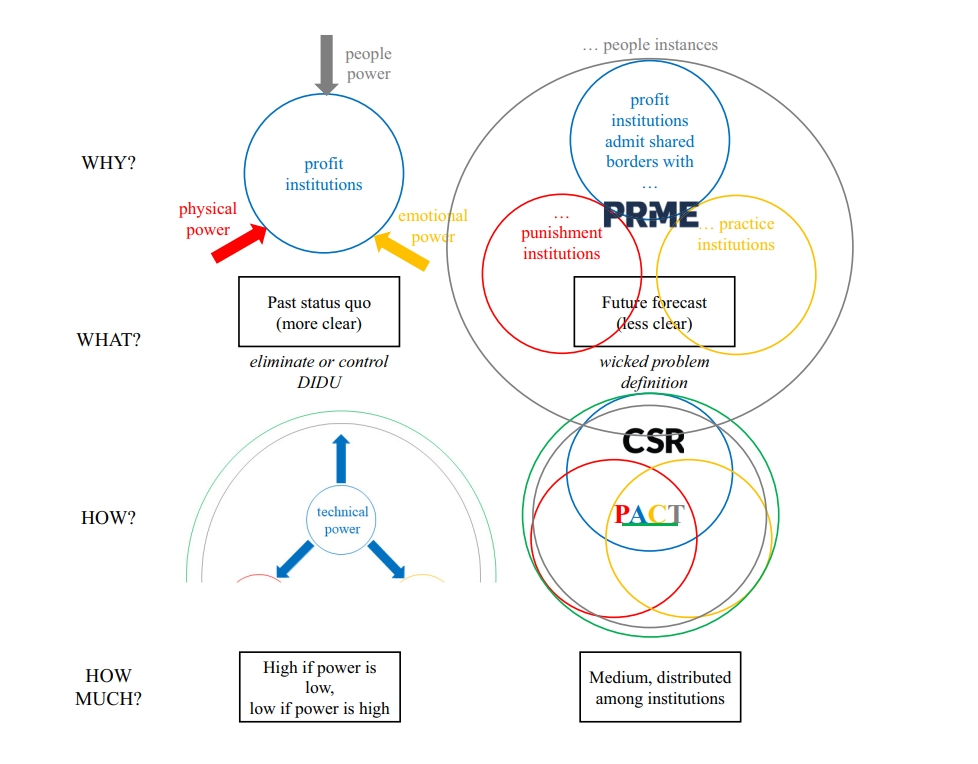
891. The Sheriff’s arrived. (Misra 2017)

892. Dynamics of sustainability (Najjar 2022)

893. Classical sustainability model associated with the traditional poles of conflict (Najjar 2022)

894. Classical sustainability within a divided world (Najjar 2022)

895. (Najjar 2022)
“… set forth an innovative outline definition that copes with the multiple spatial aspects of sustainability. Namely, a revolutionary concept that assures sound development which respects ecological balances, social justice and economic prosperity, in parallel to inclusive temporal analysis in incorporating effectively the cultural and the historical domains.
‘‘This [model] adds a new comprehensive time-based dimension allowing the integration of the past of a referenced space by evaluating its cultural and historical identity and to assess the consequential cause-effect impacts of the projected, future development. Furthermore, considering the cultural-historic dimension within the development process enhances the integration toward a well-balanced time scale focusing on understanding a past-present trajectory before linking it into the future.’’
Spatial presentation of the 4DSS model and the generated SEEC orbit (social, economic, environmental, cultural-historical)– centered by multiple polar tensions.

896. Conflict separation model for generating social driving force–short term initiation model (Najjar 2022)

897. Harmonized socially-driven economically centered 4DSS on global scale–medium term impact model (Najjar 2022)
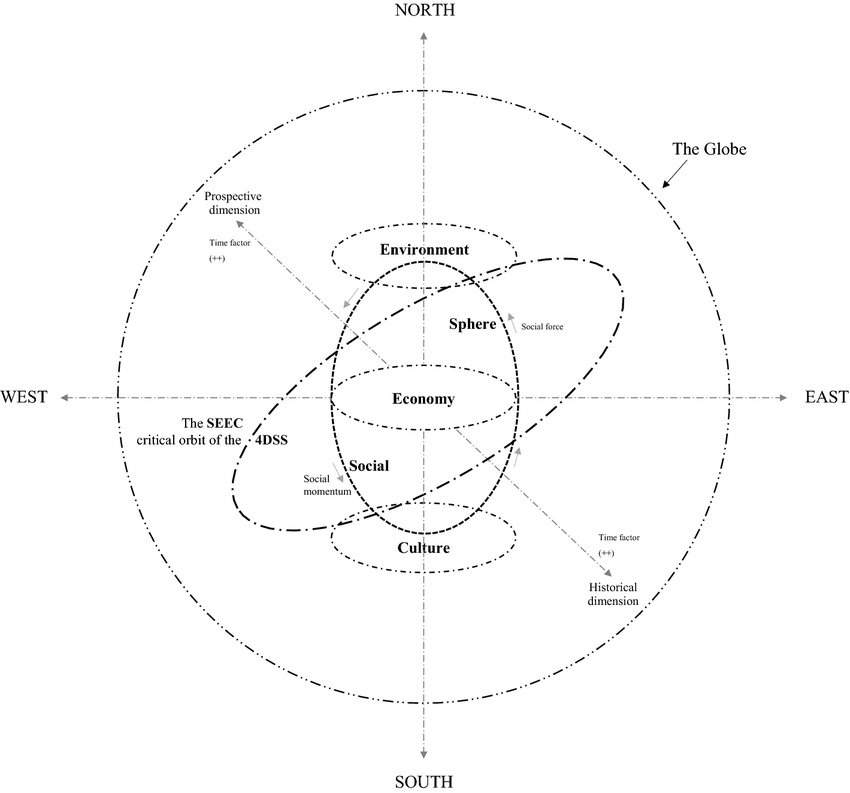
898. Utopia (Najjar 2022)
Utopian Sustainability (UtS): Perfect standardized spatial sustainability (3S) resulting democratically by spatial participative sustainability (SPS) on global scale–long term impact model

899. Pathways towards Sustainable Industry 5.0 (Ghobakhloo 2023)

900. Regenerative business models (Konietzko 2023)

Bonus 1: Marshall Clemens for ShiftN Global Food System
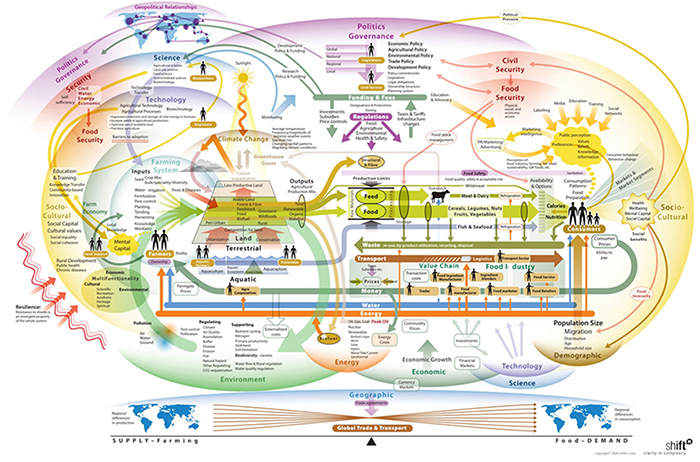
Bonus 2: René Passet 1979 “L’économique et le vivant”
“As a system, I see nothing other than the bioeconomy”.
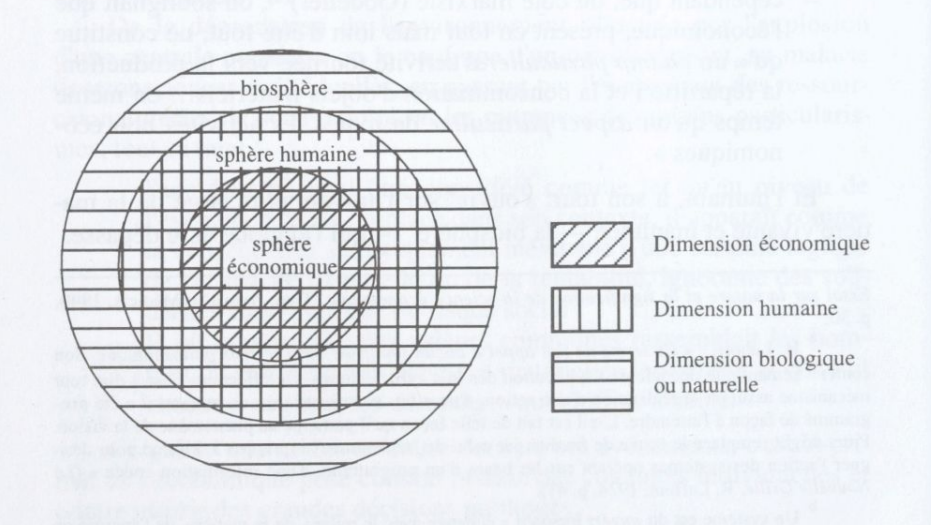
Bonus 3: Sustainable Transition In Which Nothing Changes (Foxon 2014)

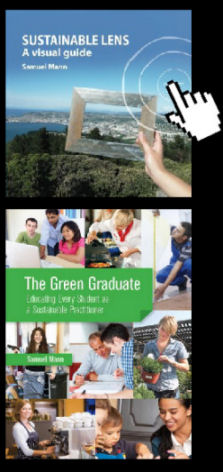
Posted on October 27, 2023
0